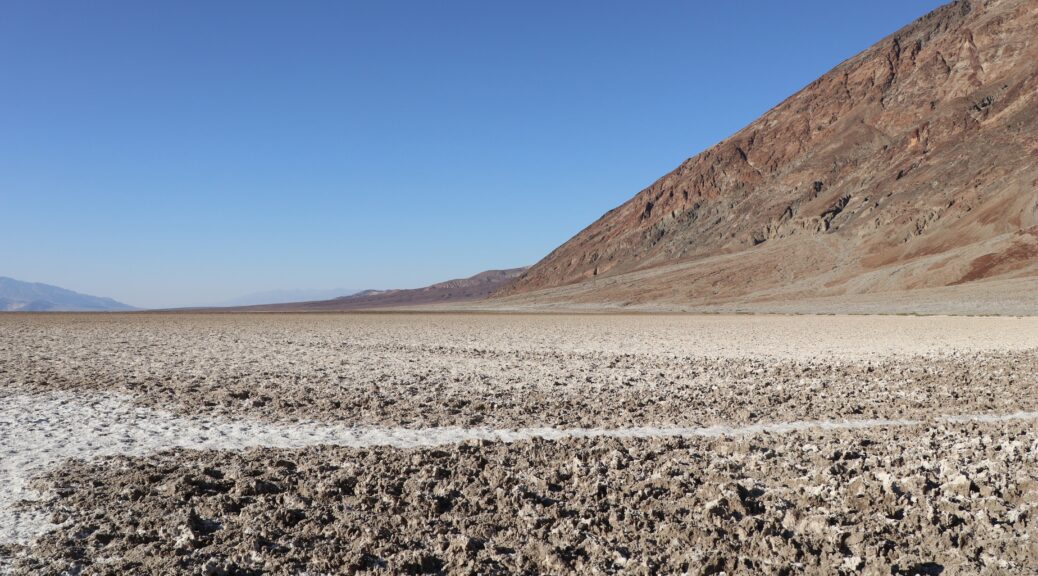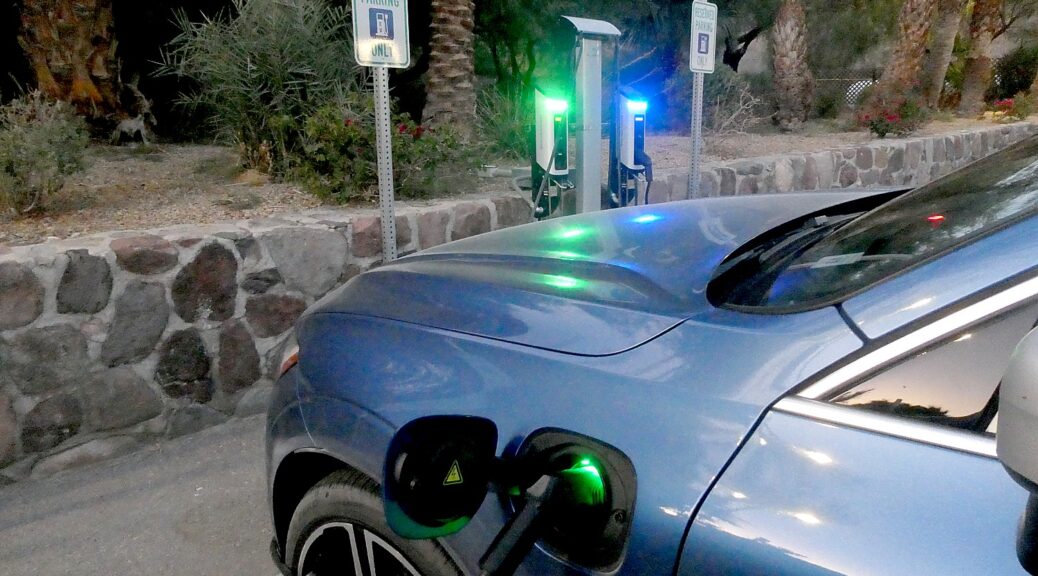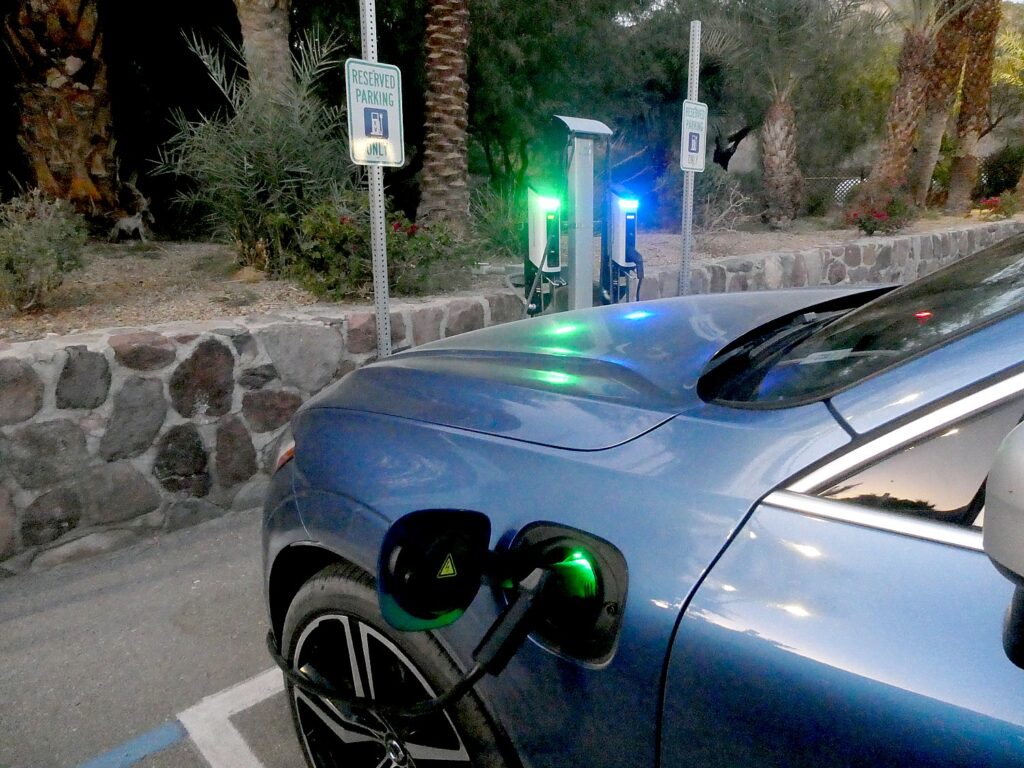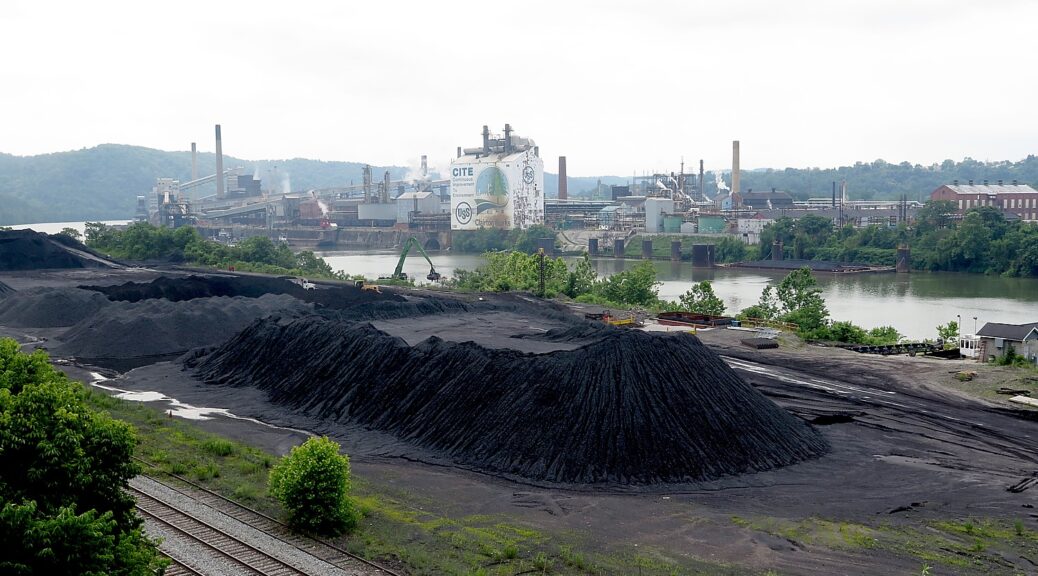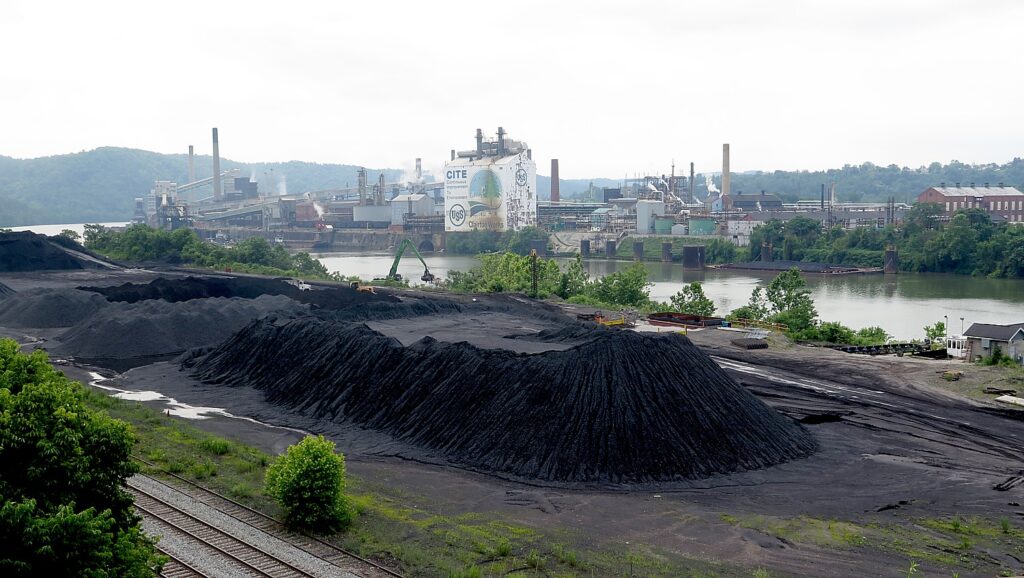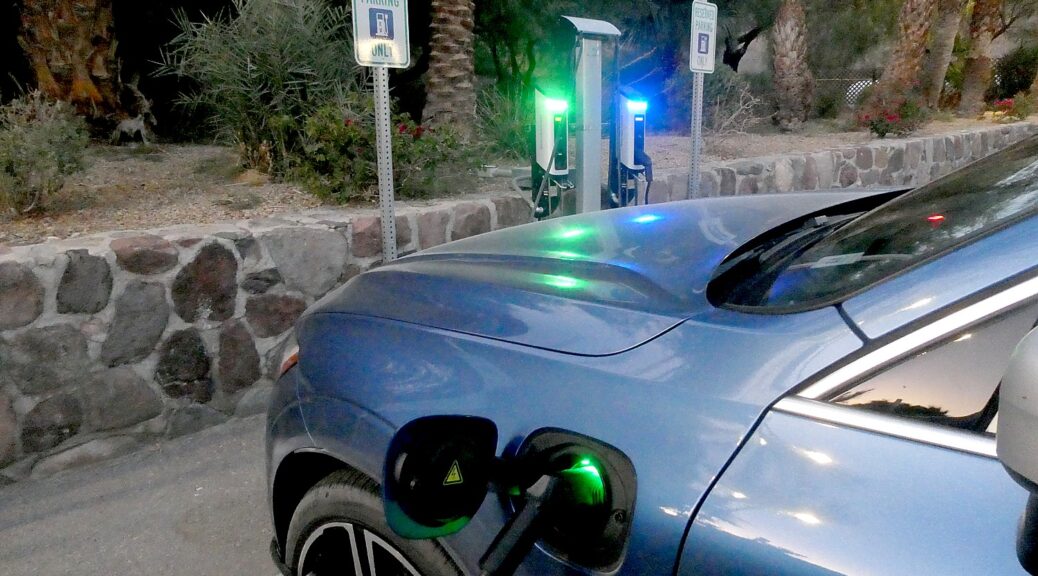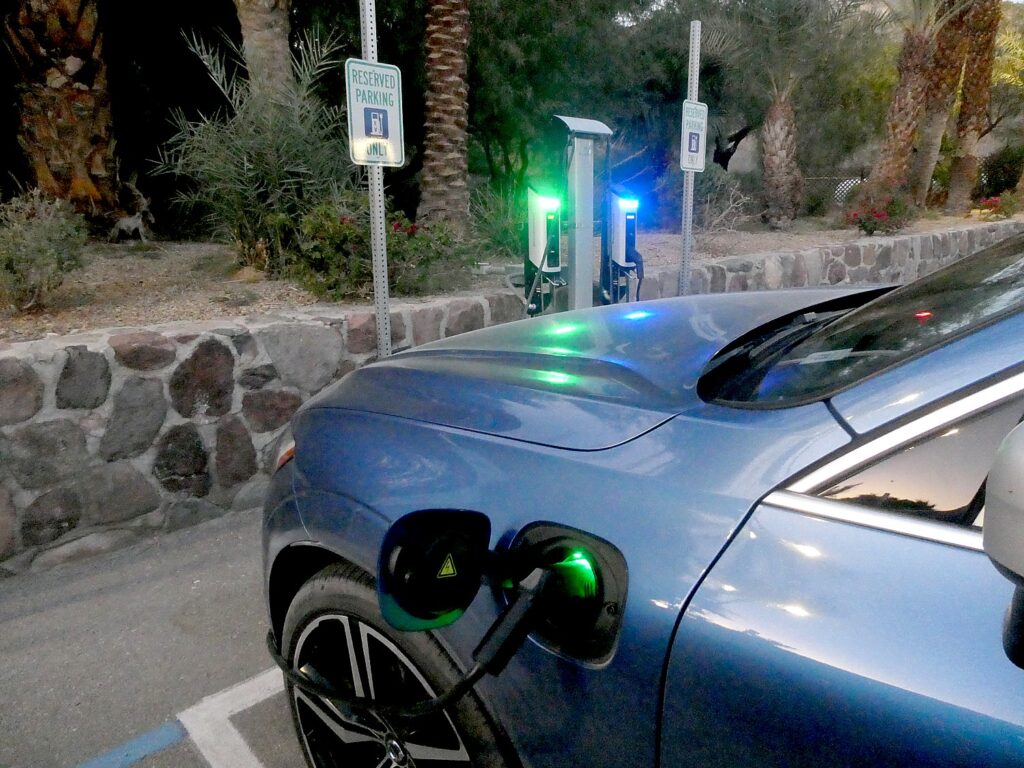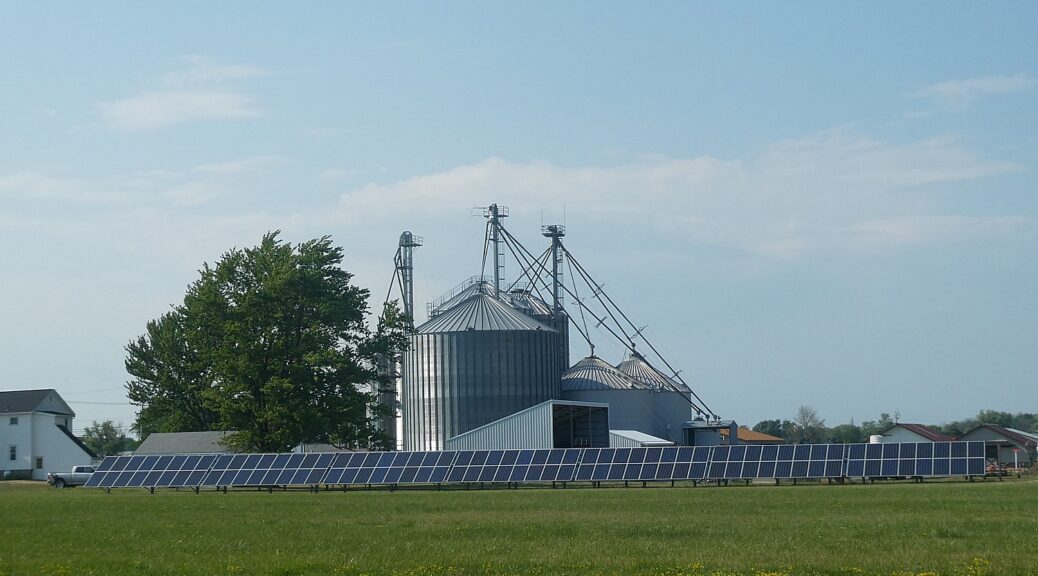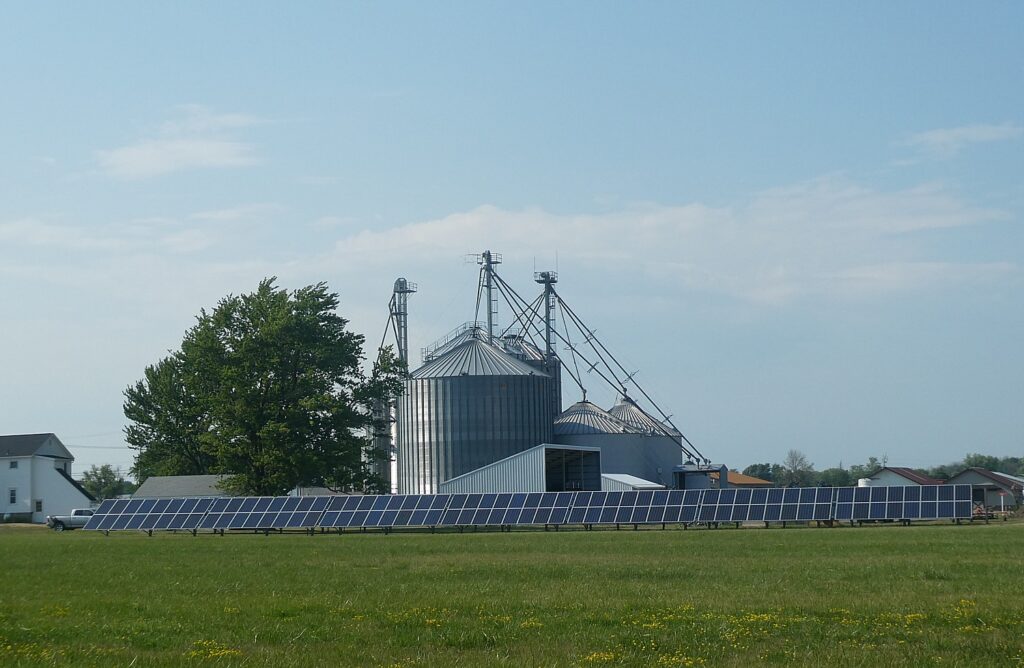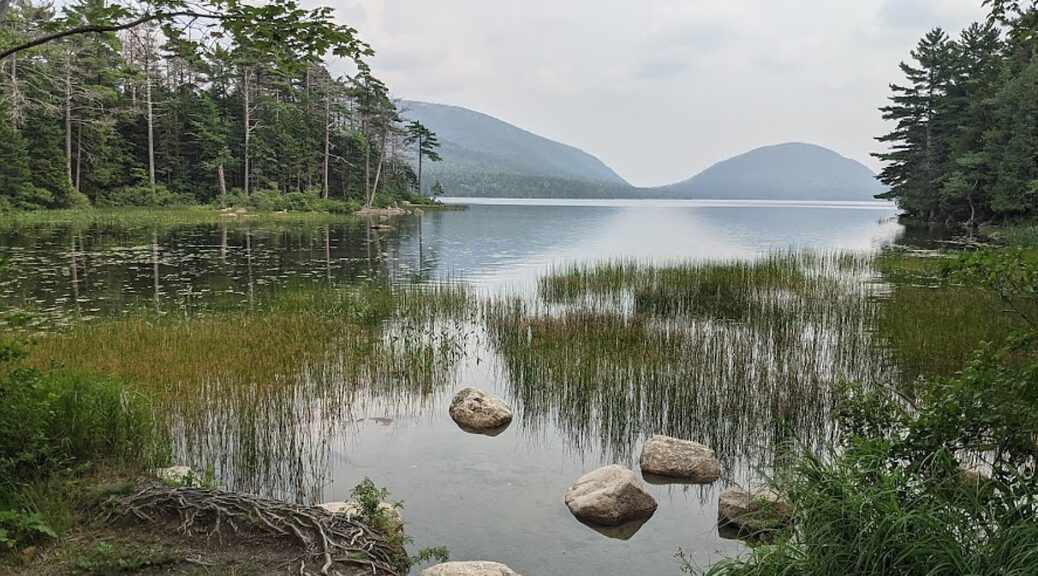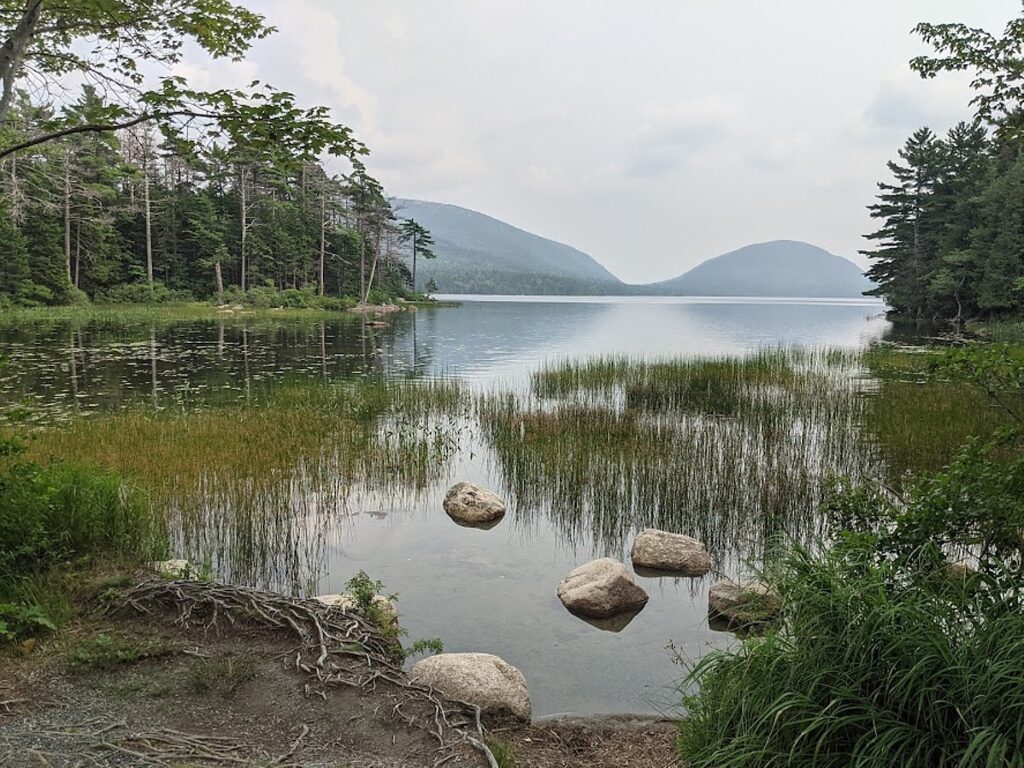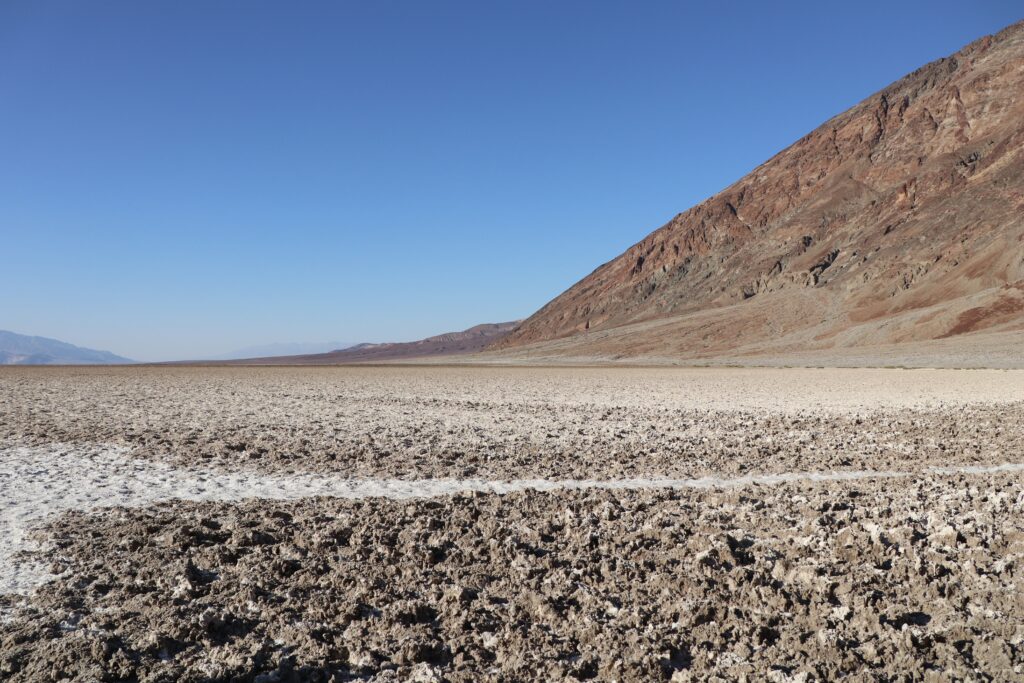
President Biden is asking the Department of Labor to issue hazard alert and is announcing new investments to protect communities from extreme heat. In contrast, Republicans are using their power to eliminate workers’ rights to any relief. In Texas, where sweltering heat has persisted for weeks, on July 13, Governor Greg Abbott and his MAGA-run state legislature passed a bill that revoked city and county control over rest breaks, essentially condemning city workers to working outdoors with no mandated breaks. The Texas Governor has also ordered his border militia to refuse water or assistance to migrants caught in his traps, allowing many to die. Republicans also continue to obstruct any effort to shift society and the economy away from fossil fuels which generate the carbon that is causing global warming and climate change. In actuality, thousands of high temperature records are being set all over the nation and the world and some have chided that we have gone from “global warming” to “global boiling.”
In remarks announcing actions to protect workers and communities, President Biden stated:
I don’t think anybody can deny the impact of climate change anymore. There used to be a time when I first got here — a lot of people said, “Oh, it’s not a problem.” Well, I don’t know anybody — well, I shouldn’t say that — I don’t know anybody who honestly believes climate change is not a serious problem.
Just take a look at the historic floods in Vermont and California earlier this year. Droughts and hurricanes that are growing more frequent and intense. Wildfires spreading a smoky haze for thousands of miles, worsening air quality. And record temperatures — and I mean record — are now affecting more than 100 million Americans.
Puerto Rico reached a 125-degree heat index last month. San Antonio hit an all-time heat index high of 117 last month. Phoenix has been over 110 degrees for 27 straight days.
And with El Niño and the short-term warming of the ocean that exacerbates the effects of climate change, making forecasts even hotter in the coming months.
Ocean temperatures near Miami are like stepping in a hot tub. They just topped 100 degrees — 100 degrees — and they’re hitting record highs around the world. And that’s more like, as I said, jumping in a hot tub than jumping in an ocean to ride a wave.
Most people don’t realize: For years, heat has been the — I have to admit I didn’t know it either. I thought it — I knew it was tough, but the number one weather-related killer is heat. The number one weather-related killer is heat. Six hundred people die annually from its effects, more than from floods, hurricanes, and tornadoes in America combined. And even those places that are used to extreme heat have never seen it as hot as it is now for as long as it’s been.
Even those who deny that we’re in the midst of a climate crisis can’t deny the impact that extreme heat is having on Americans. Americans like an elderly woman in Phoenix who fell out of her wheelchair and, after five minutes on the ground, had third-degree burns. Third-degree burns.
Or like firefighters who’s — already has to lug over 45 pounds of gear through smoke and flame, which is incredibly hot. The job is even harder and more dangerous to do in record heat.
For the farmworkers who have to harvest crops in the dead of night to avoid the high temperatures. Or farmers who risk losing everything they’ve planted for the year.
Or the construction workers who literally risk their lives working all day in blazing heat and, in some places, don’t even have the right to take a water break. That’s outrageous. That is outrageous — anybody who says that — does that.
Folks, we really want to pretend these things are normal?
Experts say extreme heat is already costing America $100 billion a year. And it hits our most vulnerable the hardest: seniors, people experiencing homelessness who have nowhere to turn, disadvantaged communities that are least able to recover from climate disasters.
And it’s threatening farms, fisheries, forests that so many families depend on to make a living.
But none of this is inevitable. From day one of my administration, we’ve taken unprecedented action to combat the climate crisis that’s causing this. We’re using a law I got passed the first day in office — first month in office — called the American Rescue Plan, to help states and cities promote energy efficiency, reduce flooding, and open cooling centers.
We’re delivering over $20 billion from the Bipartisan Infrastructure Law to upgrade the electric grid to withstra- — withstand stronger storms and heatwaves so we don’t cause more fires.
Look, last year I signed the Inflation Reduction Act, the most significant climate investment ever anywhere in the world. Meanwhile, FEMA has been on the ground responding to those unprecedented weather emergencies in real time. And I’ve traveled an awful lot in that helicopter with you all across the country and — to see the devastation that occurs, the kind of wildfires and other — and drought and the like.
We’ve launched a place you can go, Heat.gov — go online to Heat.gov — to share lifesaving information that you may need to know about.
Last year, my Department of Labor created the first-ever national program to protect workers from heat stress. Since then, we’ve conducted 2,600 heat-related inspections at workplaces nationwide to protect the health and safety of the workers on the job so they’re being taken care of.
Today I’m announcing additional steps to help states and cities deal with the consequences of extreme heat.
First, I’ve asked Acting Labor Secretary Julie Su to issue a Heat Hazard Alert. It clarifies that workers have a federal heat-related — have federal heat-related protections. We should be protecting workers from hazardous conditions, and we will. And those states where they do not, I’m going to be calling them out, where they refuse to protect these workers in this awful heat.
Second, the Acting Secretary of Labor will work with her team to intensify enforcement, increasing inspections in high-risk industries like construction and agriculture.
This work builds on the national standard that the Labor Department is already developing for workforce and workplace heat-safety rules.
Meanwhile, the U.S. Forest Service will award more than $1 billion in grants to help cities and towns plant tree that in the long term will help repel the heat and expand access to green spaces so families have a place to go to cool off and to bring down the temperature in cities.
The Department of Housing and Urban Development is providing billions to communities to make buildings more efficient and to make more heat — make them more heat-resistant, opening cooling centers in — for residential areas and in the cities that the communities can go to to be safe.
The Department of the Interior is using infrastructure funding to expand water storage capacity in the Western states to deal with the impacts of future droughts that are made every — all this more extr- — this heat — this extreme heat more consequential.
The National Oceanic and Atmospheric Administration is launching a new partnership with universities and impact communities to improve the nation’s weather forecasts and its accuracy so Americans everywhere can be better prepared when they — when — and they can better predict what the heat is going to be in that community with the weather.
In all my Investing in America agenda, we provided a record $50 billion for climate resiliency to restore wetlands, manage wildfires, help Americans in every state withstand extreme heat.
But our MAGA extremists in Congress are trying to undo all this progress.
Not a single one of them — not a single Republican voted — voted for the Inflation Reduction Act, which had all this money for climate, which provides funding to con- — to combat climate change.
And now many of them are trying to repeal those provisions, but we’re not going to let that happen.
Part of the reason we’re here today is to get the word out so state and local governments know these resources are available and uses them.
I want the American people to know help is here and we’re going to make it available to anyone who needs it.
Here is a fact sheet from the White House on President Biden’s new actions to protect workers and communities from extreme heat—Karen Rubin/news-photos-features.com
Millions of Americans are currently experiencing the effects of extreme heat, which is growing in intensity, frequency, and duration due to the climate crisis.
Today, President Biden will convene Mayor Kate Gallego of Phoenix, Arizona, and Mayor Ron Nirenberg of San Antonio, Texas, to hear from them directly about how their communities are being impacted by extreme heat and to discuss the steps the Biden-Harris Administration is taking to protect communities like theirs. The President will also announce new measures to protect workers and communities across the country from the impacts of extreme heat.
- President Biden has asked the Department of Labor (DOL) to issue a Hazard Alert, and DOL will also ramp up enforcement to protect workers from extreme heat. For years, heat has been the number one cause of weather-related deaths in America – with more than 600 heat-related deaths every year. And workers, including farmworkers, farmers, firefighters, and construction workers, are disproportionately impacted. Since 2011, more than 400 workers have died due to environmental heat exposure, and thousands more are hospitalized every year. The Hazard Alert will reaffirm that workers have heat-related protections under federal law. As part of the alert, the Department of Labor will provide information on what employers can and should be doing now to protect their workers, help ensure employees are aware of their rights, including protections against retaliation, and highlight the steps the Occupational Safety and Health Administration (OSHA) is currently taking to protect workers. Additionally, the Department of Labor will ramp up enforcement of heat-safety violations, increasing inspections in high-risk industries like construction and agriculture, while OSHA continues to develop a national standard for workplace heat-safety rules.
- The National Oceanic and Atmospheric Administration (NOAA) is investing up to $7 million from President Biden’s Inflation Reduction Act to improve the nation’s weather forecasts. In partnership with universities and other institutions, NOAA will establish a new Data Assimilation Consortium focused on developing better weather-prediction capabilities and maximizing the value provided by NOAA’s global observing system. These improved forecasts will allow communities to better prepare for extreme weather events, including long periods of extreme heat. As the climate crisis contributes to worsening extreme weather events affecting Americans nationwide, this investment will give Americans the information and tools they need to stay safe.
- The Department of the Interior is investing $152 million from President Biden’s Bipartisan Infrastructure Law to expand water storage and enhance climate resilience in California, Colorado, and Washington. This investment will help increase water storage capacity and lay conveyance pipeline to deliver reliable and safe drinking water and build resiliency for communities most impacted by drought. In the wake of severe drought conditions throughout the West, the Administration is making coordinated investments through the Bipartisan Infrastructure Law and Inflation Reduction Act to modernize essential water infrastructure, invest in new water recycling and desalination projects and expand access to clean drinking water for communities that have long-dealt with contaminated water supplies.
Today’s announcements build on numerous actions that the Biden-Harris Administration has taken to bolster heat response and resilience nationwide, including providing billions of dollars through the Department of Housing and Urban Development to communities to make buildings more energy efficient and to open cooling centers to keep residents safe.
Since day one, President Biden has taken historic action to address the climate crisis, which includes securing more than $50 billion through his Investing in America agenda to help Americans in every single state become more resilient to climate impacts like heat waves. The Biden-Harris Administration has continued to deliver on the most ambitious climate agenda in American history—an agenda that is lowering energy costs for hardworking families, bolstering America’s energy security, creating thousands of good-paying jobs, and strengthening community-driven climate resilience across the country.
Meanwhile, many Republicans in Congress continue to deny the very existence of climate change, peddle conspiracy theories, and remain committed to repealing the President’s Inflation Reduction Act – the biggest climate protection bill ever – which would undermine the health and safety of their own constituents.

